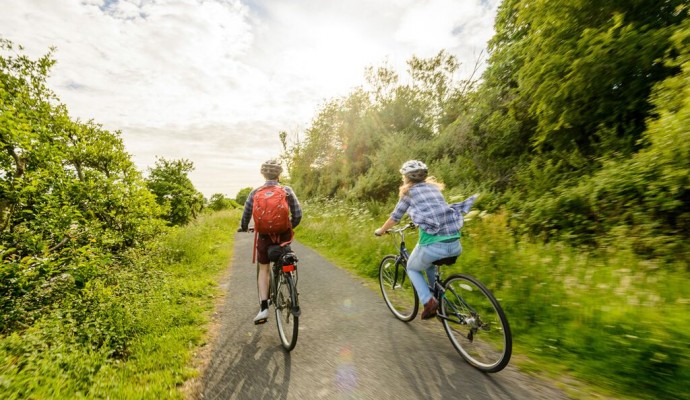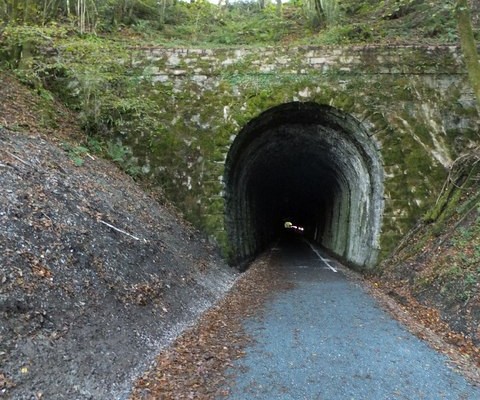Interesting information
The buildings include the Cornmarket (1835) and the Guildhall (1863). Many were created using a variety of local materials including the green volcanic Hurdwick Stone, quarried just a few miles away, and granite from Pew Tor on Dartmoor. The workers’ cottages were made from brick and local rubble stone.
The rocks underlying Tavistock can be seen in several places in the town, such as Tavistock Railway Cutting (SX 4722 7413 – SX 4788 7448). Greenish-grey Devonian slates occur in the south-western part of the cutting (SX 4722 7413) and towards the road bridge. Beyond this bridge black slates, also Devonian, can be seen. At the north eastern end of the section is evidence of volcanic activity with lavas containing cavities caused by the expansion of trapped gasses and finely grained deposits of volcanic ash.




